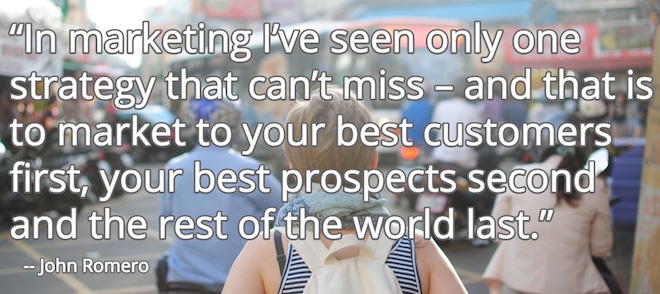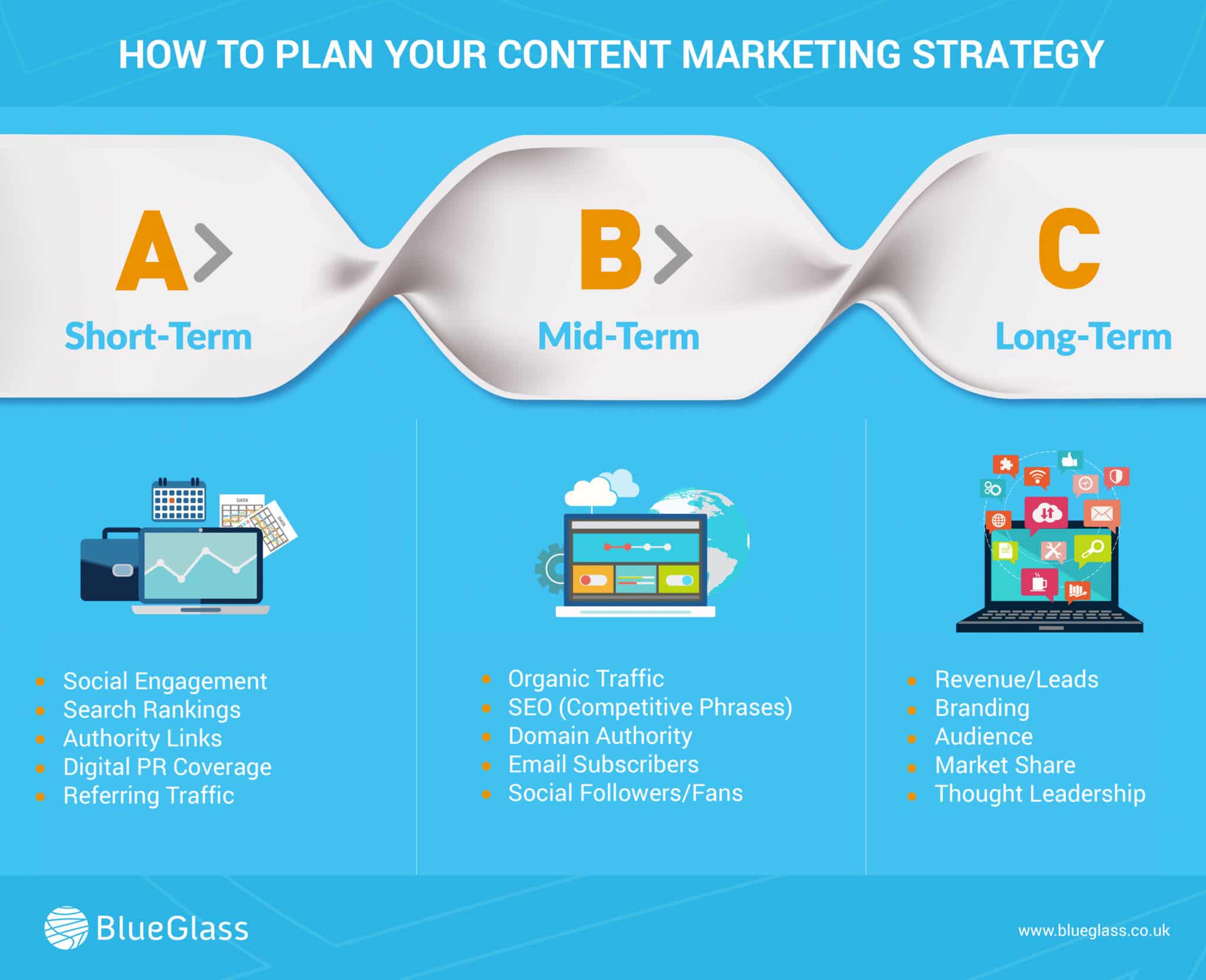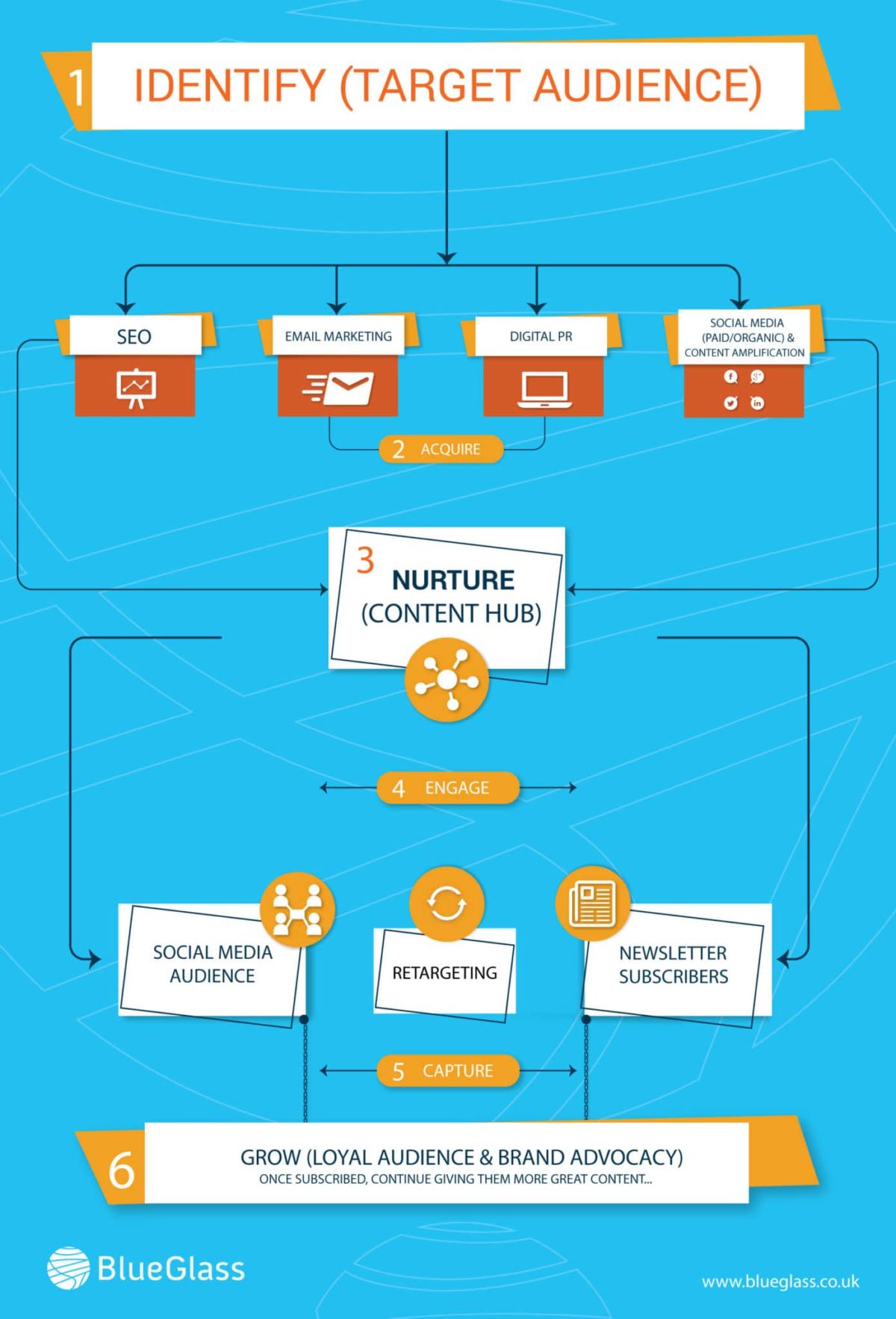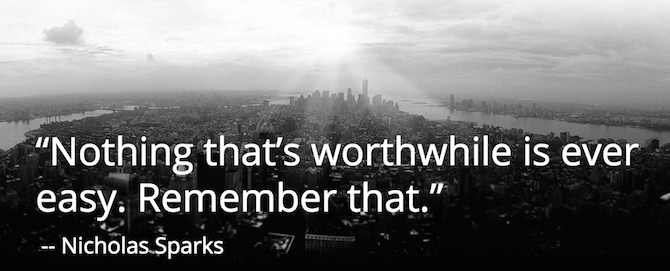Content marketing is hard.
Actually, let me clarify that a bit…GREAT content marketing is hard!
One of the biggest reasons why it’s so hard nowadays is that there are just SO many choices. Every single day, I see blog posts, columns, tweets and updates telling me the million different things that I HAVE TO BE DOING…
- “156 Content Marketing Strategies for 2016”
- “315 Content Marketing Goals You Should Be Measuring”
- “17,001 Content Marketing Tools You Need to Try”
Enough already!
Want to know our secret to GREAT content marketing? The key ingredient to all of our success? Okay, I’ll tell you but just keep it between us…
We keep it simple.
We focus.
We don’t just want to build an “audience”…
….we want a CAPTIVE audience.
But here’s the thing…
A captive audience isn’t something you can stumble upon – you have to find the initial readers and keep them engaged long-term.
And it’s never been more difficult.
Quality content isn’t enough on its own and anyone who tells you different is lying.
Even the best journalists need an audience, in order for people to appreciate their true value. When content really works, you have to understand that it starts with your audience.
When you’re struggling to reach new readers, one of your best assets will be your current ones — and how you connect with them.
The “Attention” Problem…
We live in a CROWDED online world. Almost every area of marketing has become extremely saturated. According to analytics company DOMO, there are over 245,000 tweets and almost 10,000 Pinterest pins created every minute.
Add to that the stress of declining Facebook reach – hovering around 2% according to SocialTimes – and more companies using the same strategies as you, and it’s harder than ever to find new readers.
Take Buffer, a social tool company that brilliantly leveraged content marketing to grow their company. They “get it”…but they’ve also been losing social traffic as they’ve struggled to stay standing under the weight of what they call “the content crush.”
Why Most Marketers Are Making it Harder…For Themselves!
If you take a look at the biggest media publishers, you’ll notice that they all share one key thing in common.
Their biggest secret weapon is their publish button.
Take the Daily Mail as an example – love them or loathe them, if you’re able to promote your content to 21.7 million Facebook fans, 2.7 million Twitter followers and 200 million monthly visitors – you can start to see why their content is generating so much engagement, given that they know their audience so well and can leverage this for huge promotion.
If they started from scratch for each article they promoted, of course this would never achieve the same level of coverage. But they don’t. They keep building and growing their audience, so that each time they can leverage more and more people.
The ONLY Thing You Need to Get Your Customers Talking
The number one way to get a reaction, such as sharing, out of your readers is to make them feel something.
It’s estimated that 90% of decisions are based on emotions rather than facts. Based on numbers alone, that’s one reason to write emotional content. The odds of sharing are in your favor and it makes sense
And it’s even more important building relationships with your audience.
But how do you appeal to your readers’ emotions?
To get your audience to feel something, create content that’s 100% about them – not about yourself at all.
Want to Scale Word-of-Mouth? Do THIS.
Let your customers do the talking for you. What good content achieves is scaling word of mouth. Luckily, we all live in an age where if you get this right, the amplification of content can be extremely powerful.
If you think content is about YOU, you’re missing the point. When people share content, they share it about themselves not you…
When creating content, you have to look at it from the perspective of the user first. What are they going to think and feel about this. By thinking in advance about the likely reaction this will receive, you can turn good content into great campaigns to earn authority coverage, social engagement and links – SEO should always be the by-product, not the goal.
To get your audience talking about you, you need to create perfectly relevant content, provided in the right context. Stuff that your readers will love so much they need to share it with someone else to talk about it with.
6 Ways to Create Shareable “Hooks” With Your Content
You’ll want to tap into your audience’s full range of emotions – from happiness and pride to frustration and confusion. Here’s how you can do this…
- Solve frustrations by empathizing and providing solutions to your readers’ main problems. For example, Lowe’s uses Vine to give incredibly useful household and DIY tips, like quicker ways to clean shower doors.
- Appeal to a customer’s pride by sharing their story or validating and praising their ideas. Apple’s gallery of iPhone photos highlights great photographers and shows other viewers what they can aspire to and motivates them to take their own photos.
- Clear up confusion by explaining important topics clearly in ways readers can relate to and encourage them to share socially.
- Tug on heartstrings by sharing real stories that include contagious happiness, like British Airways’ video about nostalgia and bringing families together.
- Understand how you make people feel by tapping into your audience’s emotions this can be much more powerful and reach/connect with significantly more people. Dove proved that you don’t have to promote yourself:
- Make readers feel like something was created just for them and it will be natural for them to react. If you write as if you are only talking to one person, you’re much more likely to stay focused on the key points and provide more real value. And if it resonates with them, chances are you’ll find other people with exactly the same interest too.
Just think of the viral quizzes all over your Facebook timeline. The results are hyper personalized and relevant to the reader, so accurate it feels weird to keep it to yourself.
Look at the level of engagement and audience the likes of Buzzfeed and PlayBuzz specifically for quizzes have built up:
(Image from BuzzSumo – buzz is clearly a popular, eh, buzzword…)
Combining quizzes + animals + Facebook audience = genius. I mean, who doesn’t want to know what dog breed you are?!
You do this once. And then a few more times. Then consistently until you’re a go-to resource for your audience.
The Trouble With Playing It Safe…
When creating content, do these thoughts run through your mind?
- I don’t want to look stupid…
- Why would I share all of this information if people can then copy it…
- What if everyone knows this already…
- My competitors will know everything if I share this…
What people don’t get, is that the biggest risk is not doing it!
I strongly believe that fear of failure is often a big factor holding back marketing success, “Of course we always want to win, but sometimes having the attitude of we’ve never tried this before, but wonder what would happen if we did this… might land you your biggest success yet.”
3 Questions You Need to Answer Before STARTING Any Campaign
At Re:signal in January, we all read the Simon Sinek book Start With Why (watch his TED talk if you haven’t seen it or read the book yet). The reason for this is because often you can get carried away with exciting ideas, because if it doesn’t have a clear goal or reason for being created, which ties in with your brand – it’s unlikely to ever hit the real business goals you want to achieve.
Try asking yourself:
- Why will people want to visit your site & subscribe to your content?
- How will you target customers & key personas with content they want to see, read and share?
- What great content can you create to educate, inform, engage and keep the interest of our target personas to build a real audience?
Balancing Short-Term Wins vs. Long-Term Success
We can get lost in KPIs at times. I prefer to call them “I”’s – at best they’re indicators that you’re on the right track. Key performance metrics ultimately should come down to business goals and objectives.
Every brand will have different goals and indicators of success, but before you get excited about that first campaign – really try to understand what you’re trying to achieve over the medium and long-term, not just the short-term.
These are common examples of where this may fit into your plan:
By looking ahead, and visualising what success looks like in 1 year, 2 years or 5-10 years time, you can start to understand where everything fits into your wider plans.
In some cases, short-burst campaigns may be ok, but if that’s all you’re doing perhaps you’re not on the track you need to be on – so this can help to force you to be more selective with where you place your time, effort and money for future content.
6 Keys to Turning New Visitors Into Loyal Fans
You don’t want to be fighting (or advertising!) for every last visit to each piece of content. Once you generate visitors to your content, you want to turn them from first-time readers into second-time readers, then third and forth – to the point that they just love coming back…
Think about the user journey of a content reader:
- Identify – who is your target audience and where can you find them?
- Acquire – whether your marketing channels are through organic search, email marketing, referral traffic from digital PR coverage, social media or paid social/content distribution – acquiring traffic to your content.
- Nurture – provide content they love and have a clear destination, ideally as a blog or content hub on your own site, where you can control the environment in which they read your content.
- Engage – by providing consistently great content, your goal should be to continually create outstanding content which readers love to engage with.
- Capture – provide useful content upgrades such as tools, insight reports, ebooks, free downloads, competitions etc to capture their details and build your audience, so that they want to come back to read more and more.
- Grow – this is where you can start to create real business value. At this stage, you start to build real loyalty and advocacy with your readers, which can have a huge benefit into the increase in word of mouth referrals. It’s also a stage in which you can start to provide in-context offers to your audience.
Content’s Role In Converting Readers Into Customers
You want a relationship where, when a connection needs help, they remember a blog post of yours that will be useful. Where they think sharing it on social media makes them look good.
And especially so you’re the first company they think of when they’re shopping around for your product – you’ve already gained their trust at the inspiration phase of the journey, so now you can transition from a reader to a prospect once they move into consideration.
The goal of your content marketing is never to make the sale, it’s role is to buy you a seat at the table. It may not always be enough to get the sale over the line after all your product has to convince the buyer of that – but if you can get in front of the right audience, then you’ve always got a chance of turning that potential into a customer. If they don’t know who you are, you’ve got no chance!
The “Secret” to Getting Compound Returns From Your Content Marketing Efforts
Like any marketing activity, it’s important to understand the value of your effort and to set clear/realistic expectations over the level and timeframe of results that can be achieved.
If you’re focused on the next one-off content campaign, you might find the results are hit and miss. But if you can treat content marketing as a longer-term investment in your audience, that way you’re much more likely to realise compounding returns:
The difference with investing in your audience is that you’re thinking of the longer-term and the collective results you’re building up to take you to the next level. It’s not just about the one-off hit.
What steps do you take to get the best from your content marketing strategy?











